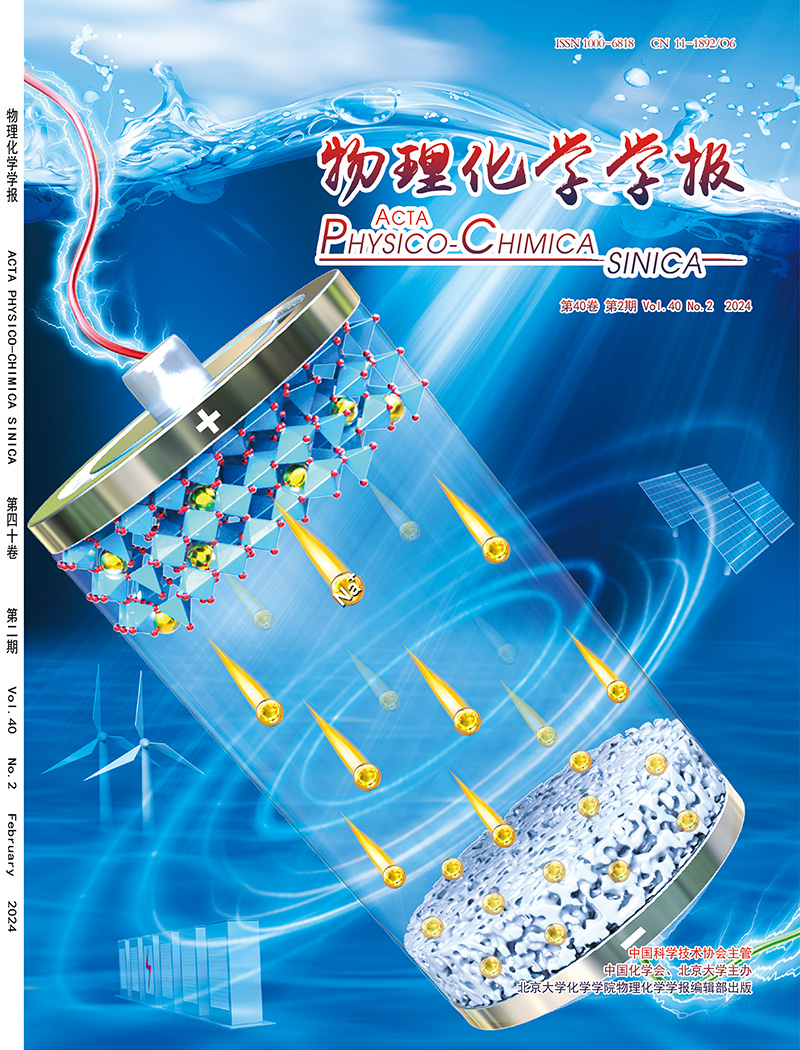Construction of Electron Bridge and Activation of MoS2 Inert Basal Planes by Ni Doping for Enhancing Photocatalytic Hydrogen Evolution
IF 10.8
2区 化学
Q1 CHEMISTRY, PHYSICAL
引用次数: 0
Abstract
Photocatalytic hydrogen production is one of the effective ways to address environmental pollution and energy crises. Herein, Nix-MoS2/ZnIn2S4 heterojunctions were constructed to improve the separation efficiency of photogenerated electrons and holes and increase the number of active sites for hydrogen evolution. According to the catalyst characterization and theoretical calculations, the Ni at the interface between Nix-MoS2 and ZnIn2S4 can act as a bridge for charge transfer, the Ni―S bond is the active site for H2O dissociation, and the S site near the S vacancy on the Nix-MoS2 surface enhances the hydrogen evolution reaction. Benefiting from the synergistic effect of the S vacancy and the Ni-doped MoS2 cocatalyst, the optimal Ni0.08-MoS2/ZnIn2S4 exhibited the best hydrogen production rate of 7.13 mmol∙h−1∙g−1, which is 12.08 times than that of ZnIn2S4. This work provides a new strategy for enhancing photocatalytic efficiency through the synergistic effect of surface vacancies and doping and the optimization of heterojunctions.
- Download: Download high-res image (135KB)
- Download: Download full-size image
求助全文
约1分钟内获得全文
求助全文

 求助内容:
求助内容: 应助结果提醒方式:
应助结果提醒方式:


